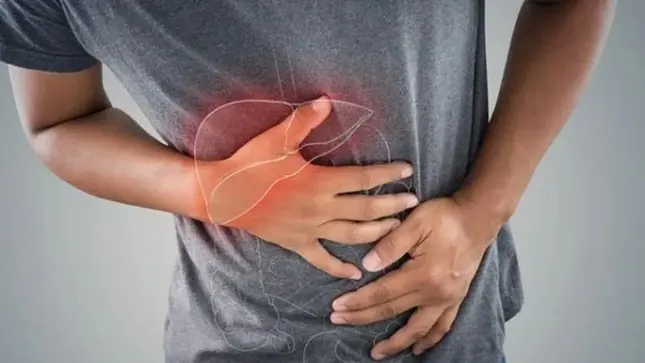
New COVID-19 Variant Shows Unusual Behavior: Doctors Warn of Early Silent Symptoms That Are Often Overlooked
New COVID-19 Variant Shows Unusual Behavior: Doctors Warn of Early Silent Symptoms That Are Often Overlooked
Health experts are closely monitoring a new variant of COVID-19 that appears to exhibit notable differences in transmission and symptom presentation compared to previous strains. Although global attention to COVID-19 has waned in recent months, emerging data suggest that this new variant may possess characteristics that require renewed public vigilance.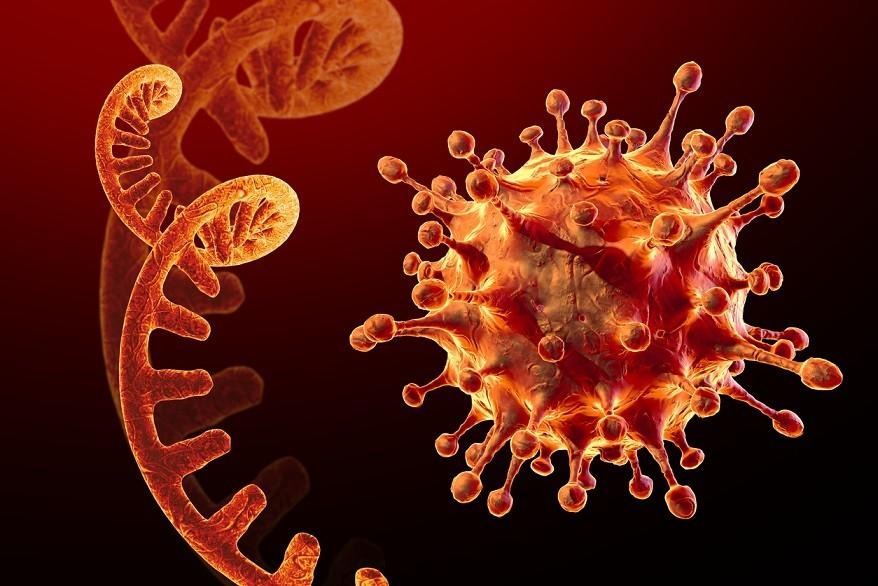
Medical professionals are issuing warnings about subtle early symptoms that can be easily dismissed, potentially contributing to unintentional spread and delayed diagnosis.
Variant Characteristics and Mutation Behavior
According to virologists, the latest variant demonstrates several genetic mutations in the spike protein and other regions of the virus, which may affect how it interacts with human immune systems. Early laboratory analyses and field reports indicate changes in:
-
Infectivity: The new variant may spread more efficiently, even among individuals with prior infection or vaccination.
-
Immune Evasion: There is evidence of reduced neutralizing antibody effectiveness, allowing the virus to replicate undetected for a longer period.
-
Symptom Profile: Unlike earlier variants, which often caused strong upper respiratory symptoms, the current strain may present with milder or atypical signs, especially in the early stages.
Early Symptoms That Are Commonly Overlooked
Physicians are reporting an increase in patients testing positive for COVID-19 who initially experienced only vague or non-specific symptoms. These include:
-
Mild fatigue or lethargy: Often mistaken for work-related stress or poor sleep.
-
Subtle throat discomfort: Not always accompanied by cough or pain, which can delay suspicion.
-
Intermittent headaches: Common and nonspecific, easily attributed to other causes.
-
Digestive disturbances: Such as light nausea or bloating, without fever or respiratory symptoms.
-
Unexplained body aches: Especially in younger individuals with no other complaints.
These mild symptoms may resolve quickly or fluctuate, leading many people to continue daily activities while unknowingly infectious.
Risk of Silent Transmission
The nature of these subtle symptoms increases the likelihood of undetected community transmission. Public health officials emphasize that people with even mild symptoms should consider testing, particularly if they are in contact with vulnerable populations or work in healthcare, education, or crowded environments.
Some asymptomatic individuals may also be carriers, underscoring the importance of regular hand hygiene, masking in high-risk settings, and up-to-date vaccinations or boosters.
Clinical Observations and Hospitalization Patterns
Doctors have noted that while the overall severity of cases remains lower than during the initial pandemic waves, certain patients are still at risk of complications, especially:
-
Older adults and the elderly
-
People with underlying health conditions (e.g., diabetes, cardiovascular disease, lung disorders)
-
Immunocompromised individuals
In these groups, what begins as a mild or silent infection can progress to pneumonia, oxygen desaturation, or multi-system involvement if not identified and managed early.
Recommendations from Health Authorities
To mitigate risks associated with the new variant, health agencies are advising the following:
-
Stay updated on vaccinations and boosters, particularly for high-risk groups.
-
Monitor health closely after travel or contact with others, even without classic COVID-19 symptoms.
-
Use rapid antigen or PCR tests if experiencing any changes in physical condition, even minor.
-
Avoid self-diagnosis based on symptom severity alone, as mild signs can still indicate infection.
-
Follow public health guidance regarding quarantine, testing, and workplace return policies.
Conclusion
The latest COVID-19 variant appears to behave differently from its predecessors, with more subdued early symptoms that are often mistaken for everyday discomforts. Medical experts urge the public not to underestimate these signs, especially in the context of recent exposure or rising local case numbers.
While the global situation has improved significantly due to vaccination and previous infections, ongoing mutation of the virus calls for continued awareness and preventive behavior. Recognizing early warning signs, even when mild, remains key in reducing transmission and protecting vulnerable individuals.
News in the same category


Don’t Cook These Without Blanching First: 7 Common Foods That Could Accumulate Hidden To.xins in Your Body

Acute kidney injury is one of the dangerous diseases, seriously threatening the patient's health

Warning signs you may have a brain hemorrhage, don't ignore them or you'll regret it too late

Seemingly harmless natural foods can affect hormones in the body!

6 Things That Will Happen When You Start Drinking Coke Every Day

8 Early Signs of Arthritis You Should Never Ignore

5 Common Mistakes When Drinking Honey That Can Harm Your Li.ver and Kid.neys — Especially #2

Sweet but Risky: 7 Types of People Who Should Avoid Ripe Mangoes

5 warning signs of vitamin E deficiency
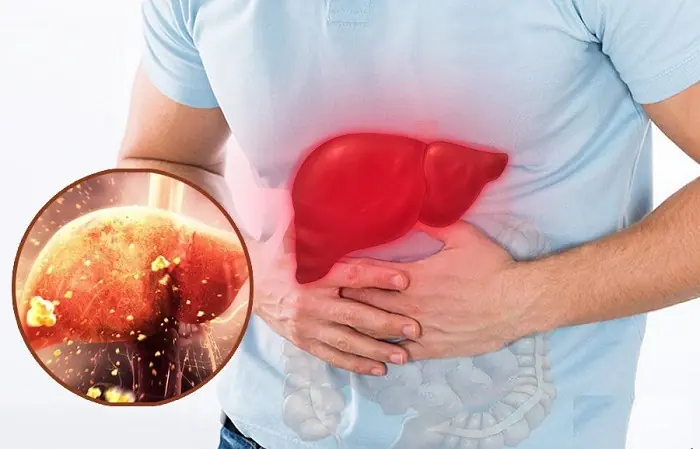
5 morning habits that are as harmful to the liver as drinking alcohol

Excessive Yawning: A Sign of Many Dangerous Diseases
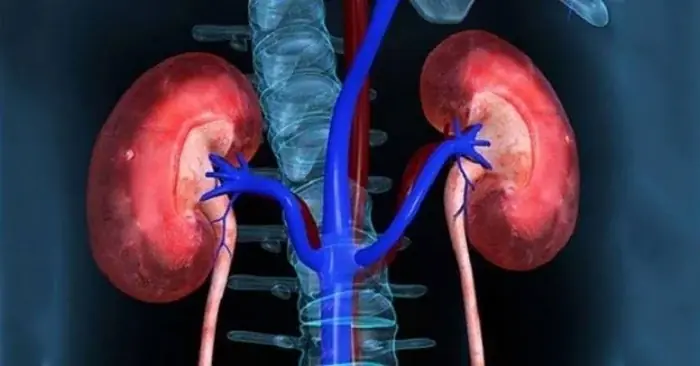
Warning signs of acute kidney injury should not be ignored

Warning: 3 Cooking Oils You Should Avoid Due to Cancer Risk — Don’t Sacrifice Your Family’s Health for Savings

Who should not eat potatoes?

Mouth ulcers that did not heal for three months, went to the hospital for examination and discovered can:cer

Red apples are very good but these 6 combinations are counterproductive

You’ve been drinking water wrong all this while if you’re making these mistakes
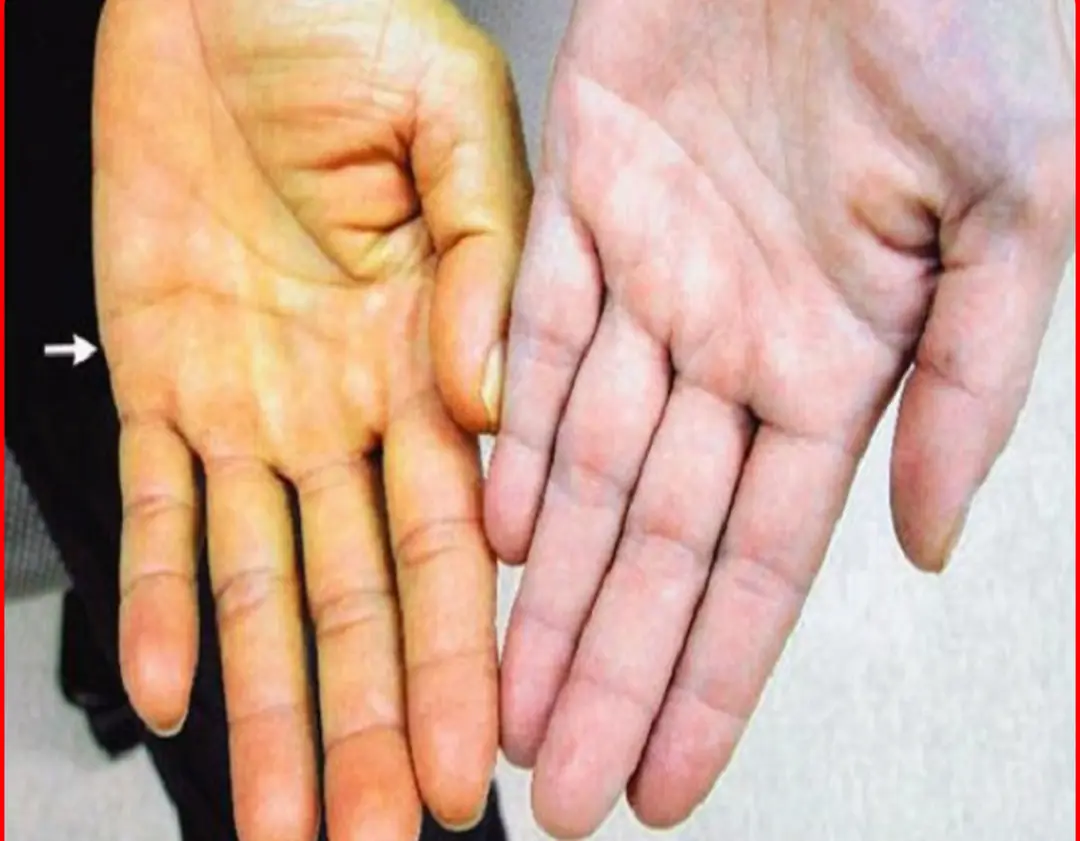
3 ABNORMALITIES in the hand warn of liver can.cer
News Post

The disease quickly turns into cancer, changing lifestyle can 'treat' it but many people are still indifferent

A man whose body never showed any abnormal signs, only had a slight pain for 3 months and was diagnosed with two can.cers

Don’t Cook These Without Blanching First: 7 Common Foods That Could Accumulate Hidden To.xins in Your Body

Acute kidney injury is one of the dangerous diseases, seriously threatening the patient's health

Whether to blanch bones in boiling or cold water before cooking is a matter of much debate among cooking enthusiasts; some chefs combine the two methods.

A Rustic Delicacy That Grows Underground: Looks Rough but Tastes Amazing

Are You Chewing Shrimp Shells for Calcium? The Truth May Surprise You

A Dirt-Cheap Vegetable Many Have Eaten Without Knowing — Great for Cooling the Body, Boosting Blood Health, and Beautifying the Skin

Warning signs you may have a brain hemorrhage, don't ignore them or you'll regret it too late

7 ways to reuse nylon bags to save money and protect the environment

Eat These 3 Red Foods at the Start of Summer to Stay Healthy All Year — Do You Know What They Are?

House on fire because of throwing phone charger on bed and leaving

101-year-old Japanese writer reveals the secret to good health and extraordinary memory

Seemingly harmless natural foods can affect hormones in the body!

5 drinks to avoid before bed

7 benefits of drinking perilla leaf water every day

5 Common Mistakes When Eating Shrimp That Destroy Its Nutritional Value — Especially the Second One, Which Can Be Harmful if Eaten Often

What the ancients said was not wrong!
